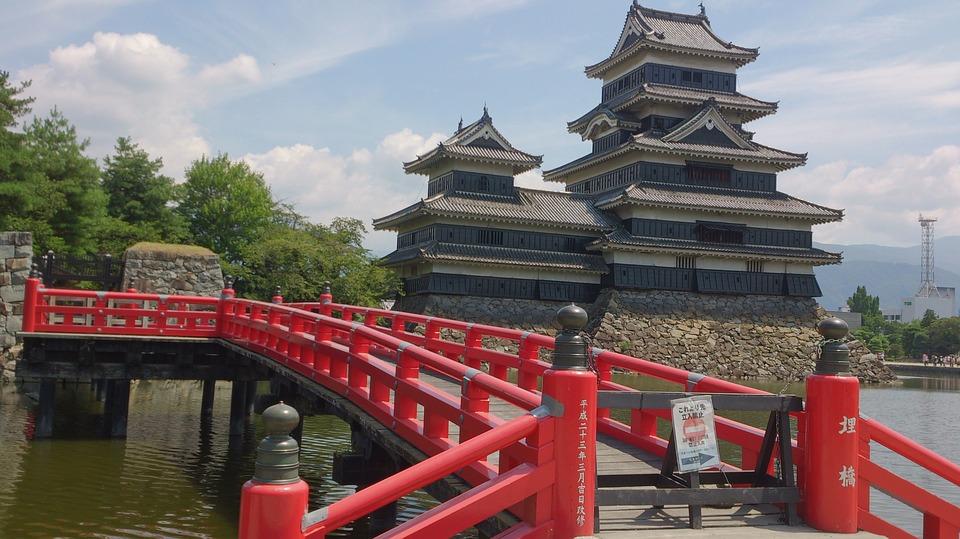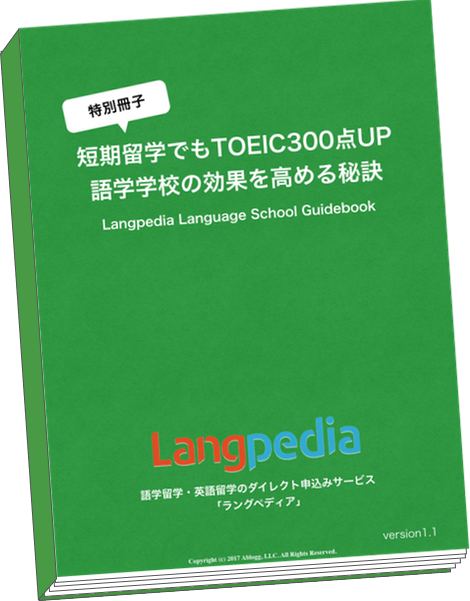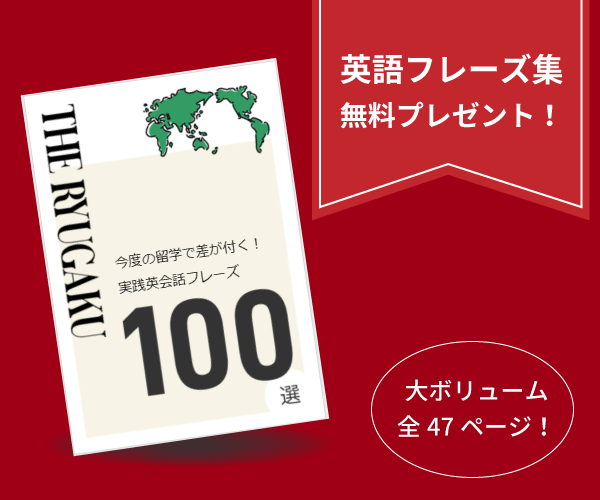「ひな祭り」を英語で説明できる?日本の年中行事・風習を英語で説明してみよう!
14965
View
スポンサーリンク

海外で生活をしていると、日本の文化について聞かれることなどがあるかと思います、そこで、ここでは大まかな日本の行事を英語でご紹介します。日本の文化を外国人に説明するときや、英語学習者の方も英語のリーディングの練習になれば幸いです。
スポンサーリンク
January(1月)
SHOUGATSU(正月)

"Shougatsu" refers to the New Year period. January 1st is called "Gantan" and the first three days of the New year are called "Sanganichi".

Japanese people often visit temples or shrines on New Year's Eve or during Sanganichi to pray for happiness and health in the new year.

People eat traditional New Year's foods called "Osechi" and spend time together with their families. It's customary to drink sake on New Year's Day.

Another custom is the sending of New Year's postcards called "Nengajyo" to their friends, relatives, and clients.
February(2月)
SETSUBUN(節分)

"Setsubun" is a traditional Japanese event which is held on February 3rd marking the end of winter and start of spring. The most famous activity of Setsubun is bean throwing.

Beans are thrown out of the house while shouting "Oni wa soto!" which means " Get out evil spirits!". Beans are thrown into the house while saying "Fuku wa uchi" meaning "Come in good luck".

Each year has a designated good direction which is determined by the zodiac symbol of that year. Many people eat uncut sushi roll(maki-zuchi) while facing in that lucky direction on Setsubun and they must eat the whole roll in total silent. This is supposed to bring good luck.
March(3月)
HINA MATSURI(ひな祭り)

"Hina matsuri" literally means girl's day. It is held on March 3rd to wish for girl's health, safety and a happy marriage. Families with girls display dolls called "Hina ningyo".
They begin displaying the dolls from the middle of February and put them away right after the festival. If the dolls are left on display too long, it is said that a girl's marriage will be delayed.

A diamond shaped coloured rice cake called "Hishi mochi" and bite-size crackers called "Hina arare" will be offered to the dolls. Chirashizushi known as scattered sushi is often eaten on that day.
April(4月)
HANAMI(花見)

Hanami is equal parts picnic, party and natural appreciation. Every spring, usually around April, there is great excitement all across Japan because of the cherry blossom season. A group of people gather under cherry trees and look up at beautiful blossoms.

People drink beer and sake, and eat snacks, and even sing karaoke. Cherry blossoms rarely last more than two weeks, and many people say that this is what makes them so special.
May(5月)
TANGO NO SEKKU(端午の節句)

On May 5th, people celebrate "Tango no sekku", the boy's festival, also known as Children's Day. They wish for boys' good health and future success.

Families with sons fly koinobori (carp streamers) high up on a pole outside the house or display samurai dolls in armor called "Gogatsu ningyo". It is said that the carp is a symbol of success in life because it can swim upriver.

A rice cake wrapped in an oak leaf called "Kashiwa mochi" and rice wrapped in bamboo leaves called "Chimaki"are often eaten on that day.
GOLDEN WEEK(ゴールデンウィーク)

In Japan, there are several national holidays around the beginning of May. The birthday of the former Emperor Showa on April 29th, Constitution Memorial Day on May 3rd, Greeneary Day on May 4th, and Children's Day on May 5th.
Because these holidays are so close together, many companies give their employees a one week holiday. This holiday was named Golden Week and usually runs from April 29th to May 5. Since Golden week is the longest vacation period of the year for Japanese people, it's a popular time to travel for them.
July(7月)
HANABI TAIKAI(花火大会)

Summer fireworks festivals are held all across Japan during the summer season. One of the most famous fireworks display is the Sumidagawa fireworks festival. Apparently, "Hanabi" is an essential part of the Japanese summer.
Most people attend the festival wearing the traditional summer dresses called "Yukata". Many food and game stalls are set up on the streets, which makes the event more vibrant and enjoyable.
スポンサーリンク
August(8月)
OBON(お盆)

"Obon" is a traditional Japanese holiday for ancestor whorship. It usually runs from August 13th to 15th and many companies are closed down at this time. Families usually gather together and visit the graves of their ancestors. It is believed that the spirits of their ancestors come back during obon.
Many families have a butsudan which is a small household Buddhist shrine. During obon, offerings of fruits, flowers and snacks are placed on the butsudan.
September(9月)
TSUKIMI(月見)

"Tsukimi" means moon viewing and it was usually observed during a full moon in September, or sometimes in October, depending on the lunar cycle.
Tsukimi was originally a harvest festival to pray for good rice crop. These days tsukimi is more about appreciation for the beauty of the moon.

Children believe that the legendary rabbit lives on it and makes mochi(rice cake) during the full moon. However, it is said that tsukimi is a dying tradition.
October(10月)
TAIIKU NO HI(体育の日)

"Taiiku no hi" means sports day. It's one of the national holidays in Japan and held annually on the second Monday of October. Some schools have a field day called "Taiiku kai" around this time. Teams compete against each other in several events, such as tamaire (throwing balls into a basket), Tsunahiki (like tug of war), relay races and dancing.

Sport day is also a family event, as parents usually come to watch their kids compete. Parents can even join in some events.
November(11月)
SHICHI GO SAN(七五三)

"Shichi go san" means seven-five-three. It's a tradition to celebrate the growth of young children on November 15th. Boys of age three and five and girls of age three and seven dress up in traditional Japanese dress called "Kimono" and visit a local shrine around that time.
Parents make offerings at the shrine and the priest prays for the continued growth of their children.
December(12月)
OMISOKA(大晦日)

The last day of the year is called "Omisoka". On omisoka, people finish cleaning their houses to welcome in the new year and eat traditional noodle dish called "Toshikoshi soba".

It is said that eating soba on omisoka would bring good luck and success. Many people stay up all night and watch TV on omisoka, some people visit Buddhist temples at night, and some people climb to the top of a mountain or go to the beach to see the first sunrise of the year.
Buddhists believe that we have 108 desires to overcome. Each Buddhist temple rings its bell a total of 108 times on omisoka, because each striking of the bell is believed to get rid of one desire.
おまけ:海外でも楽しめる日本の行事
筆者が住むカナダ・トロントではハイパークでお花見ができますし、夏にはMississaugaで夏祭りなどがあります。
このように地域によっては日本の行事が楽しめるイベントなどが開催されることがありますので、地域の情報などをこまめにチェックしてみましょう。
まとめ
筆者はカナダ・トロントに住みながらも、日本の文化や風習を取り入れながら、カナダ人の夫と一緒に暮らしています。初めてトロントで節分に恵方巻を作った時のことですが、切らずに変な方向を向き、無言でひたすら巻きずしにかぶりつく筆者の姿を見て、日本の文化や風習に理解がある夫でさえも、さすがに驚いていました(笑)。外国人からしたら、それは奇妙な光景でしょうね。
日本の文化に興味をもっている外国人は沢山います。まずはしっかりと英語(外国語)で伝えられるようにしておくことが大切ですね。
スポンサーリンク
短期留学でTOEIC300点アップ!
留学エージェントの勤務経験者が「短期留学でもTOEIC300点UP!語学学校の効果を高める秘訣」についてeBookで全て公開しました。
- 語学留学を成功させる方法
- 語学学校の仕組み
- 日本でやるべき準備
- 留学生活で使える英語
- 日本でやれる英語の勉強方法
これらの情報を期間限定で無料でプレンゼントしています。

英語の人気記事
この記事に関するキーワード
この記事を書いた人

トロント在住9年目。トロントニアンの健康志向に影響され、カレッジにて栄養学を専攻。現在は病院にてDiet technicianとして働いてます。趣味は読書、洋裁、ガーデニング、バレーボール、ジムで体を動かす、ラテン音楽を聴くことです。毎日心と身体のケアを心がけ、ストレスフリーの生活を送っています。これから色々なトロントに関する情報を発信していきたいと思います。
![THE RYUGAKU[ザ・留学]](/st/img/logo.png)








